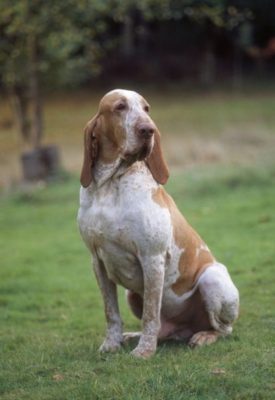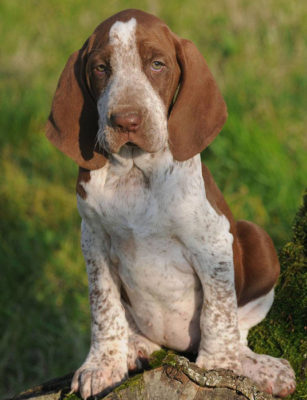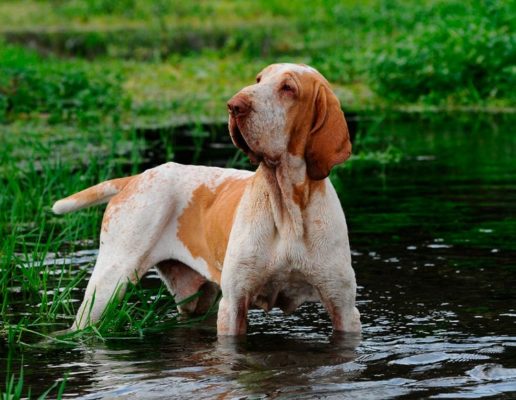Bracco Italiano
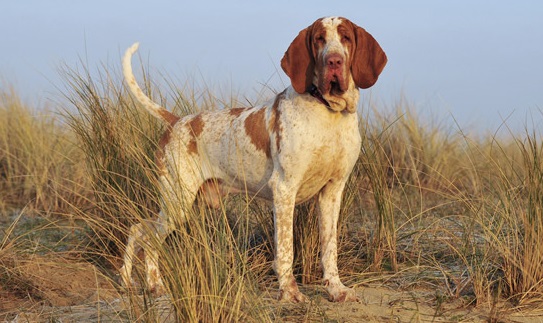
The Bracco Italiano has a reliable, obedient character. It is intelligent, affectionate, and known to be good with children. This breed will be an excellent addition to any family because of its friendliness and loyalty. The Italian Pointer usually does not suffer from separation anxiety.
Table of Contents
Breed Information
| Another Name | Italian Pointer, Italian Pointing Dog |
| Origin | Italy |
| Height | Males 58-67 cm Females 55-62 cm |
| Weight | Males 25-40 kg Females 25-35 kg |
| Fur | Short, thick |
| Color | White with red or brown markings |
| Lifespan | 10-12 years |
| FCI Classification | Pointing Dogs |
| Group | Guard dogs, protection dogs, hunting dogs |
| Price | From $400 |
Breed Photos
Origin History
The Bracco Italiano was popular during the Renaissance among prominent Italian aristocratic families. It appears on frescoes as early as the fourteenth century, known as a talented pointer and retriever.
In the early 1900s, the breed was threatened with extinction, but a small group of dedicated Italian breeders managed to preserve the breed. Today, the Bracco Italiano is still an excellent hunting dog and is most common in its native Italy. It is also kept in other parts of the world as a pet and for shows.
Appearance
The Bracco Italiano has several colors accepted for registration with the British Kennel Club, including brown, chestnut, orange, white, amber, and a mixture.
The Italian Pointer is a large breed of dog, which should be between 55 and 67 cm at the withers and weigh between 25 and 40 kg. Bitches should be slightly shorter than males, and the weight should be proportional to height. The neck has a small suspension, rather short but powerful, leading to well-curved, broad, muscular shoulders. The front paws are strong and straight. The body as a whole has a square appearance with a broad, deep chest. The hind limbs are muscular and straight but with well-placed knee joints. In working dogs, the tail is usually trimmed.
The breed has a distinctive head, rather long. The jaws are strong, the bite is scissor-shaped, and the cheeks are rather flat. The eyes are large, oval in shape, the ears are long and set low at eye level. The Italian Pointer has a powerful gait with great drive.
Character
The Bracco Italiano has a reliable, obedient character. It is intelligent, affectionate, and known to be good with children. This breed will be an excellent addition to any family because of its friendliness and loyalty. The Italian Pointer usually does not suffer from separation anxiety. Although it is associated with hunting, this breed’s obedient nature allows it to live happily around other animals, especially if the dog is used to them since childhood. The breed generally lacks the abilities of a guard dog.
Care
The Bracco Italiano has a short coat that sheds, especially during the seasonal coat change. However, it does not require much attention other than periodic brushing. His long ears should be checked regularly and cleaned as needed under the guidance of a veterinarian.
Although the breed should not have excessive skin folds, any skinfold areas can prevent air from reaching the skin. It can predispose to skin problems, infections, and irritations. These areas should be checked regularly and kept clean.
Training
The Bracco Italiano is intelligent and wants to earn its owner’s praise, making training relatively easy. The breed quickly understands what is required of it and has exceptional powers of smell. Its strong-willed nature means it usually learns quickly. It is easy for him to remember the material he has learned, so home training is usually not a problem. However, one should not forget the breed’s origins. It can pick up odors and be tempted to follow them involuntarily if not properly trained.
Common Diseases
The average lifespan of the breed is about 10-12 years. The Kennel Club of Great Britain classifies the breed as a Category 1 breed, but it is highly recommended that dogs be medically tested as they may be susceptible to the following diseases:
- hip dysplasia;
- elbow dysplasia;
- eye disease.
Nutrition
Bracco Italiano puppies from birth to six months of age need three meals a day. Puppies from six months to one year old need two meals a day.
By the time the Italian is a year old, one meal a day is sufficient. The premium dry dog food will provide a balanced diet. Your pet may also like cottage cheese, boiled eggs, fruits, and vegetables, but these supplements should make up less than 15 percent of his daily diet. You should try to limit “table foods,” which can lead to mineral and vitamin imbalances, dental and bone problems, and obesity.
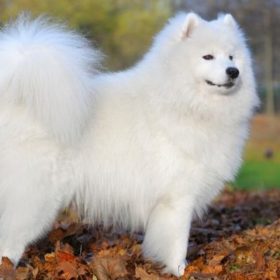 Samoyed
Samoyed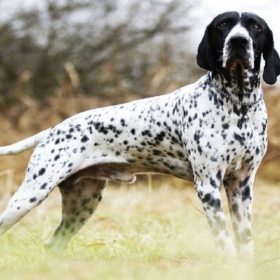 Braque d’Auvergne
Braque d’Auvergne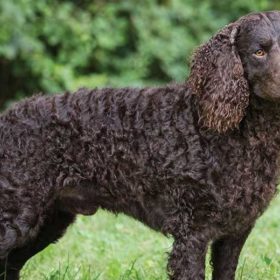 American Water Spaniel
American Water Spaniel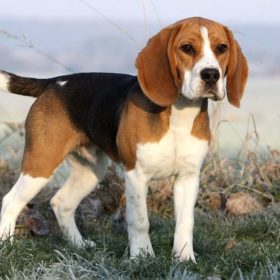 Beagle
Beagle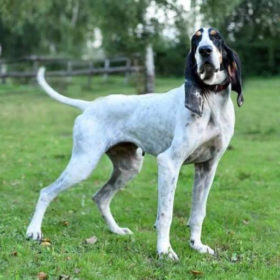 Grand Gascon Saintongeois
Grand Gascon Saintongeois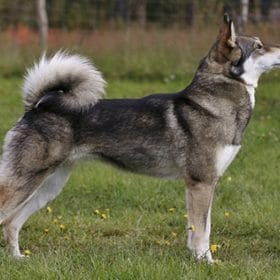 East Siberian Laika
East Siberian Laika